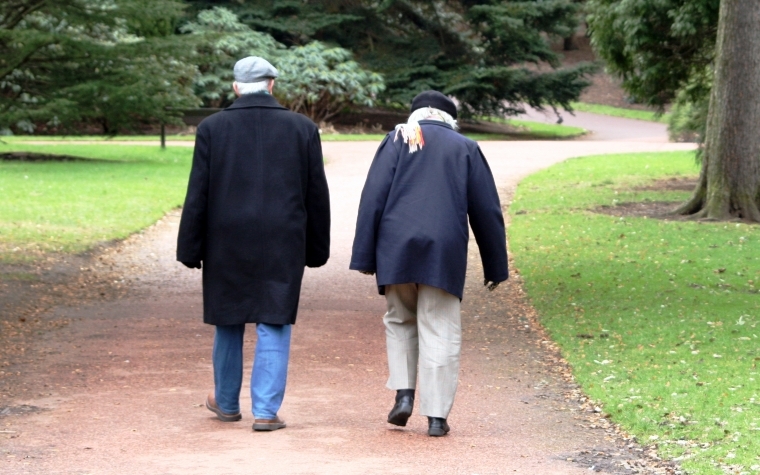
Adults 65 and older are at risk from hypothermia due to medical conditions, medications and the overall aging process.
The National Institutes of Health (NIH) reminds Americans that hypothermia can develop in a short period of time.
Hypothermia begins when a person's body's core temperature drops below 95 degrees. Avoid developing hypothermia in cool or cold temperatures by following a few tips provided by the NIH.
First, when going outdoors, wear warm clothing including a hat, scarf and gloves. A hat prevents body heat loss, while several loose layers of clothing holds warm air near the body. For safety, carry a fully charged cell phone to call for help if necessary.
Some medications can reduce the body's ability to regulate temperature. Patients must ask their doctor if any of their prescription or over-the-counter medicines have this effect on the body.
Set the thermostat at 68 degrees Fahrenheit or higher to ensure the home is warm enough. Even small drops in temperature can cause hypothermia in an elderly person. In addition, wear layers of clothing indoors, such as long underwear, socks, slippers and a hat. Use a blanket to cover the legs and shoulders when sitting or lying down.
Always watch for signs of hypothermia: slow or slurred speech, sleepiness, confusion, shivering, slow reactions or a weak pulse. If anyone shows signs of hypothermia, call 911.
If heating bills are an issue, contact the National Energy Assistance Referral (NEAR) project at 866-674-6327 for information and a referral to the Low-Income Home Energy Assistance Program (LIHEAP).